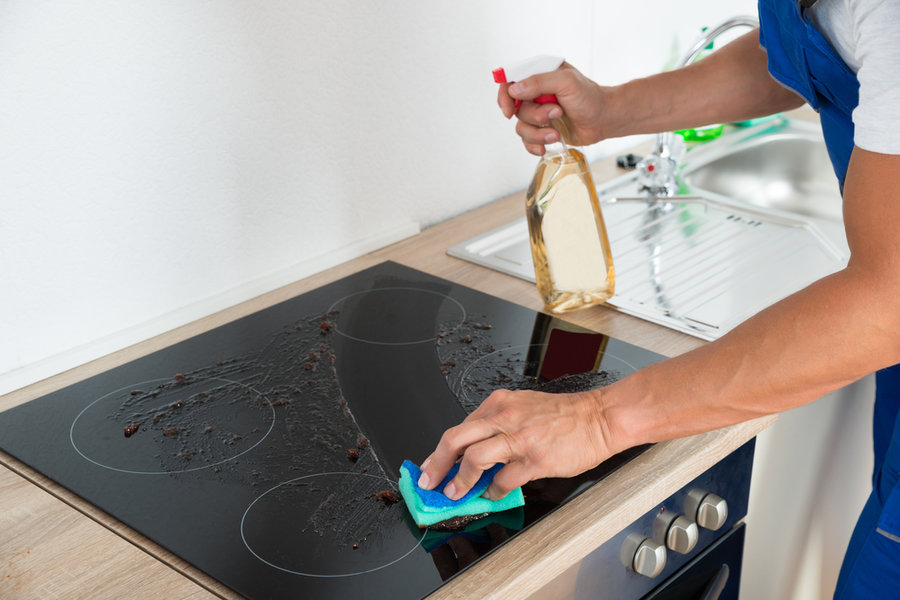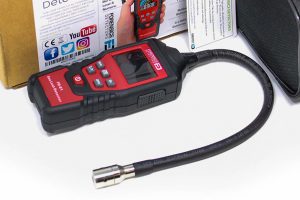
When you decide to eat out with your family, you are putting your trust in the chef to deliver a great meal that won’t leave you feeling dodgy. Similarly, the last thing a restaurant owner wants is to risk their customers’ health or that hard-earned consumer trust with an avoidable issue. Cross-contamination within commercial kitchens is an ever-present risk, but as mentioned, a wholly avoidable one.
This article looks into cross-contamination and cross-contact while understanding the procedures you can put in place to avoid it.
Understanding cross contamination
It’s no secret that cross-contamination can lead to people feeling extremely ill if food has been consumed. It occurs when bacteria or other potentially harmful microorganisms are unintentionally transferred from one place to another, in this case, from one food item to another. This can occur in three different ways:
- Food to food— for example, if raw meat touches cooked meat in storage.
- Equipment to food— for example, using a knife to cut raw meat, then the same knife to cut vegetables.
- People to food — for example, handling raw meat then proceeding to handle cooked meat without washing hands.
Understanding cross-contact
Slightly different to the above, cross-contact is something that has recently come to light. This is when foods mix proteins after coming into contact with each other. Instead of bacteria being the problems as with cross-contamination, the problem here is the trace element of another food item being present. Usually, the amount is so small that it cannot be seen. But for people who are highly allergic to certain food items, even a trace element of that food can be enough to trigger a reaction.
Essentially, cross-contact causes allergic reactions.

Understanding the responsibility of your kitchen
As a business, you should understand that you have a duty of care to your customers. According to the government website, complying with food safety laws requires businesses to follow food hygiene practices. It outlines that it is the business’ responsibility to prevent any items that come into contact with food from transferring anything to the food substance, as well as having traceability of any such food contact materials.
Businesses should have a plan that aligns with the Hazard Analysis and Critical Control Point principles. HAACP requires businesses to identify and avoid, remove, or reduce any hazard to food, as well as monitoring any critical control points along the supply chain. Employers are also expected to train staff on hygiene practices, though this can be a formal program or informal training.
For cross-contact, a customer must notify the restaurant of allergen issues. The business should be able to inform the customer of any allergen risks in this instance.
Staying clear of cross-contamination
If you’re looking to prevent cross-contamination from taking place in your business, key areas include:
- Hand washing — before working with food, staff should wash their hands. Hands should also be washed prior to handling any food, and after handling or touching any raw meat, fish, eggs, or unwashed vegetables. Hands should be washed after going to the toilet, using phones or touching light switches, door handles, cash registers, or money. Also, hands should be washed after carrying out other tasks such as emptying or touching bins or tending to a cut or wound.
- The proper hand-washing technique has been outlined by the Food Standards Agency as:
- Wet hands thoroughly under warm water
- Squirt liquid soap onto the palm
- Rub to a lather
- Rub the palm of one hand over the back of the other hand and fingers. Repeat with the other hand.
- Put palms together and interlock fingers. Rub in-between fingers.
- Rub around thumbs, then rub fingertips against palms.
- Rinse off the soap with clean water and dry on a disposable towel. Turn the tap off with the towel and dispose of a towel.
- Wear clean clothes — aprons should also be worn, especially when handling unwrapped food.
- Remove jewelry and watches — bacteria can be caught in the nooks of watches or jewelry.
- Tie hair back — or wear a hairnet.
- Avoid eating or drinking — when preparing food, staff should not be allowed to eat or drink.
- Clean preparation — avoid coughing, sneezing, or touching your face over food.
- Tend to any cuts — cuts should be covered by a brightly colored waterproof plaster.
- The proper hand-washing technique has been outlined by the Food Standards Agency as:
Remember, kitchen staff must be informed not to wash raw meat. Some people believe washing raw meat rinses off bacteria, but it actually increases the risk of food poisoning. The splashing water from the meat being rinsed under the tap can travel more than 50cm away from the source, which in turn, carries bacteria all around the room. Washing raw meat effectively spreads the germs around. Separate utensils and equipment are also necessary to reduce the risk of cross-contamination. Have separate equipment for each type of food; raw red meat should have its own set of cutting boards, containers, knives, etc. Vegetables would have their own set, and raw poultry its own set, and so on. A common method of implementation is to have a color-coded system in the kitchen, for example, red utensils, boards, and containers are used for raw meat, green for vegetables, and so on.
You should always be looking to replace equipment as and when you need it. Bacteria can hide away in the crevices and cracks of cutting boards, and these should be replaced. Also, consider ‘hidden’ contact too — can opener blades touch food when they enter a can, so don’t forget to clean these too!
All work surfaces and equipment should be thoroughly cleaned after use. This means warm water, soap, the works — rinsing is not enough. Invest in good-quality cleaning products and make sure the kitchen is more than rinsed down! Unless you are using disposable items like polystyrene cups that can be thrown away, clean dishes and utensils, once cool, should be stored on clean shelves away from floor level. Avoid towel drying dishes as this can cause contamination from towels.

How to avoid cross-contact
Cross-contact is a little trickier, but still completely avoidable. Many of the same practices used for avoiding cross-contamination work for reducing the risk of cross-contact too. Washing hands in the method stated above, cleaning surfaces and equipment between each task, separate utensils for different food types, all of these methods work to help reduce cross-contact too. So, when staff washes their hands after handling fish, for example, as recommended to do so to avoid cross-contamination, they will also reduce the risk of cross-contact of the fish proteins to the next food item they prepare. The top eight allergens as listed by FARE are milk, wheat, eggs, soy, shellfish, peanuts, tree nuts, and fish. But they also stress that more than 170 foods have been known to cause an allergic reaction.
The difference between the two is bacteria versus protein. Where proper cooking will usually remove all bacteria on contaminated food, cooking will not remove trace elements of food proteins that have been cross-contacted. This must be dealt with accordingly: where possible, use different counters and cooking equipment for different food types, such a separate grill for fish and another for meat. If this is not possible, you must make customers aware of this. Consider the case of McDonald’s — recently, the fast food chain has launched a wrap that is, ingredient-wise, vegan-friendly. Though the food item itself contains no animal products, it is toasted in the same toaster that their other buns do, which contain milk. As such, there is a risk of cross-contact of milk proteins from the buns to the toaster and to the vegan wraps. The chain has marked the wraps as vegetarian rather than vegan in order to accommodate for this.
Kitchen cleanliness is essential. Ensuring your kitchen maintains a high level of attention to potential risks will keep your customers feeling safe and comfortable!

